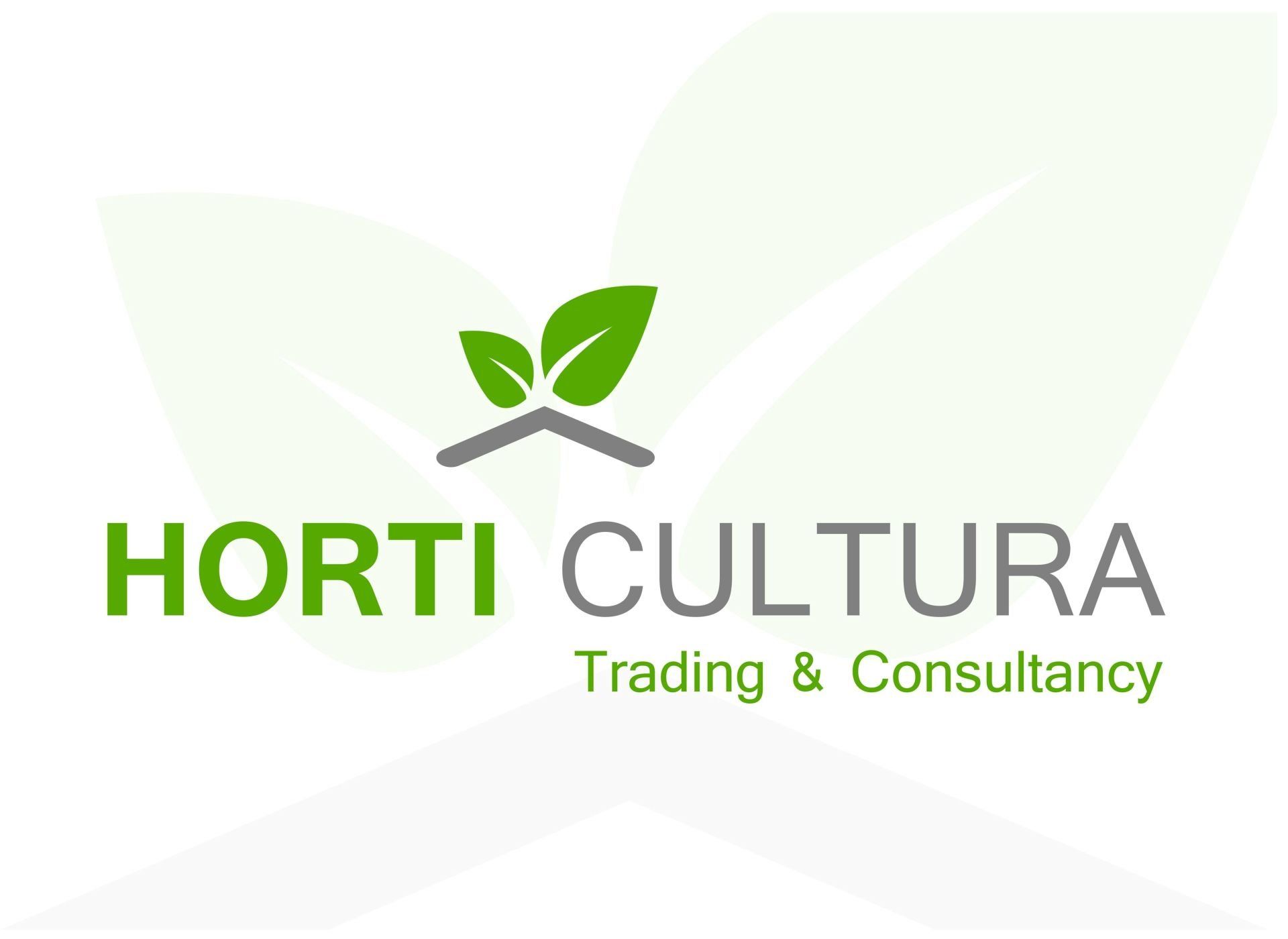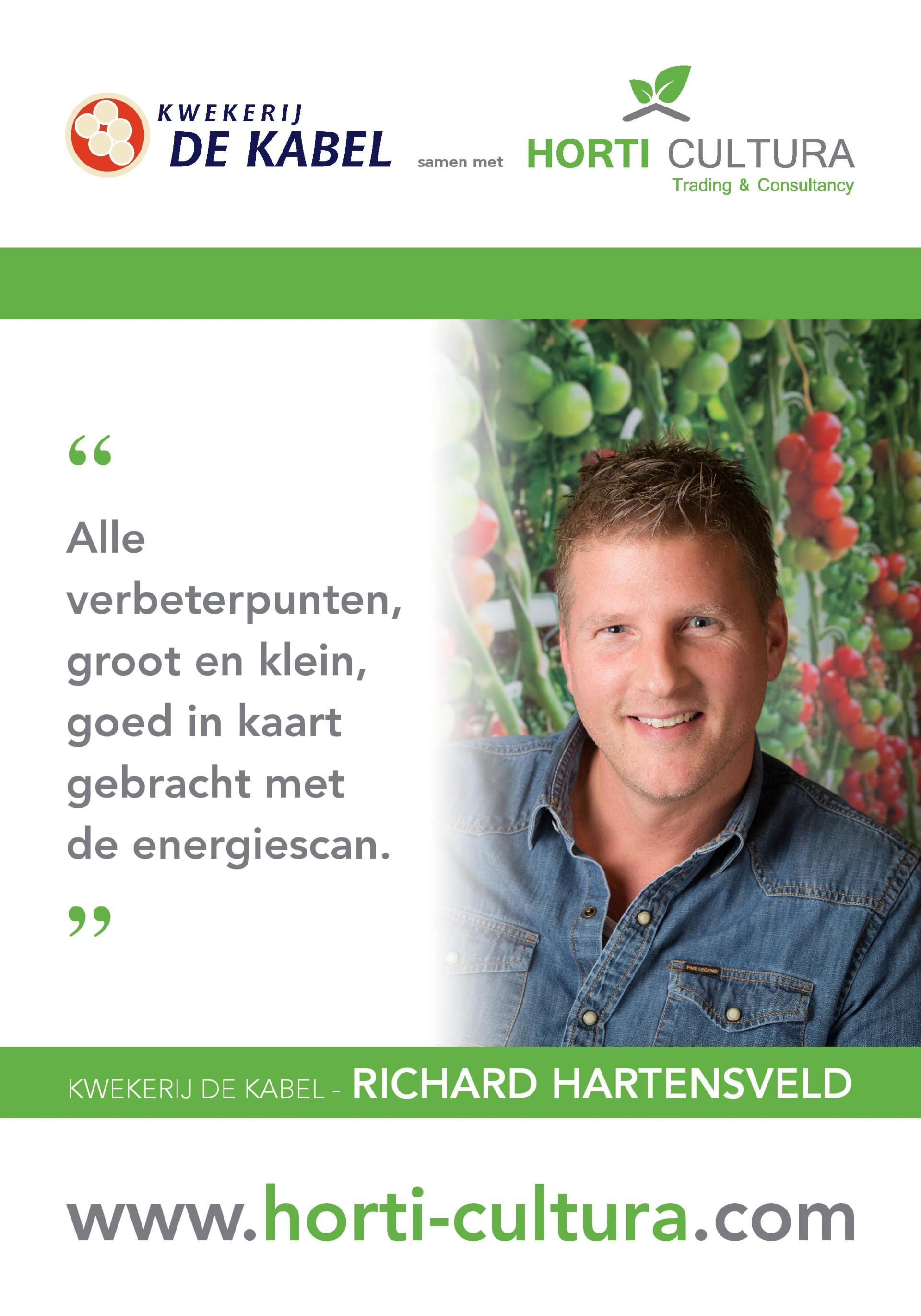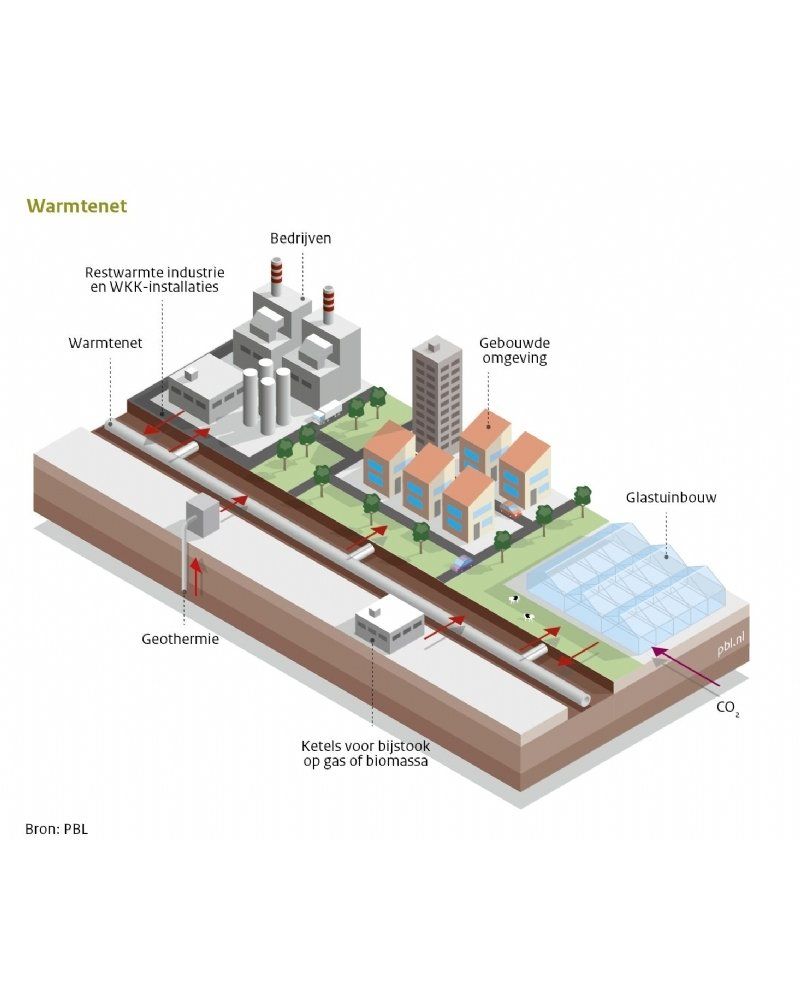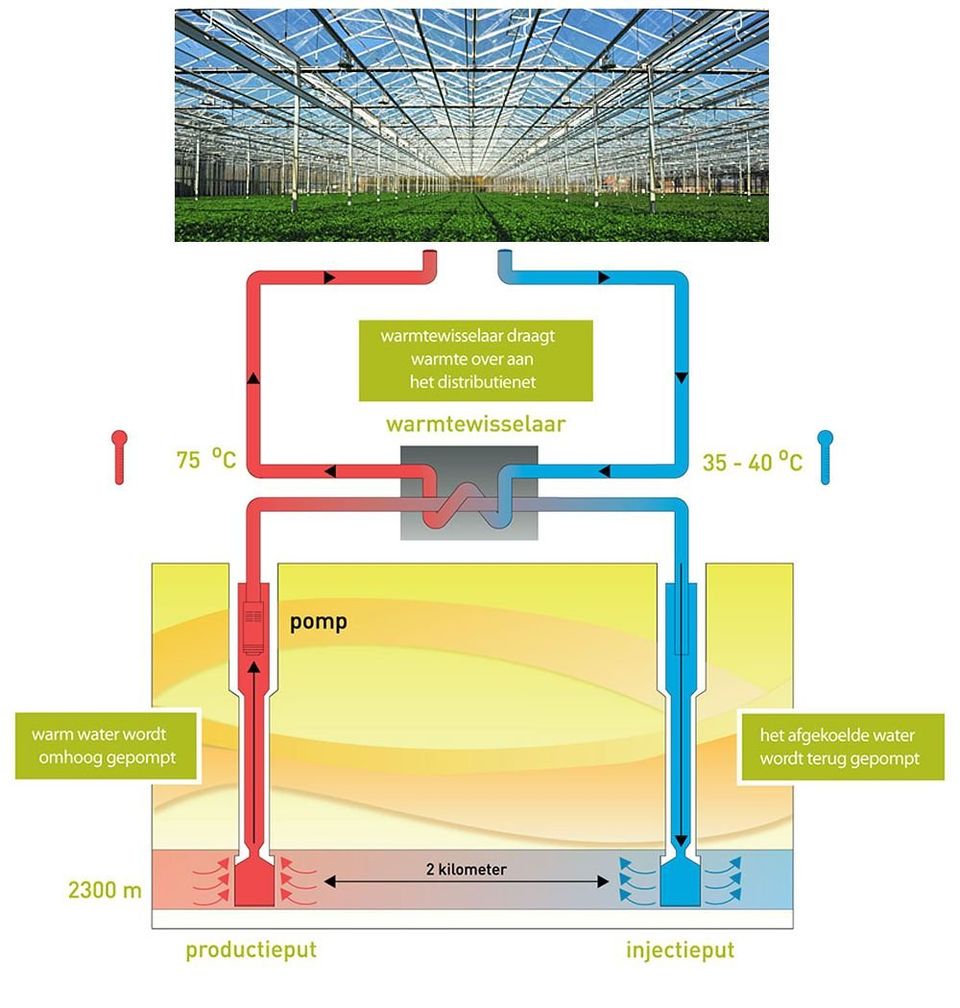How can we improve the efficiency of the installation without compromising the current way of growing? That is the question that many growers ask themselves.
We can provide support by carrying out a comprehensive energy scan. Conducting an energy scan is one of the specializations of Horti-Cultura. We have performed several scans, f.i. De Kabel in De Lier.
Energy scan Hortimedes aims to provide insight into the performance improvements which are possible in the installation, which confounding factors exist and which optimizations are possible. Outcome is an advise that the grower can use to make well informed decisions.
The first step is the identification of the installation and completion of a checklist developed by us to obtain as much information about the installation and management. Questions that arise here are, amongst others:
1. What are the maximum temperatures used to heat, and at which room temperature?
2. What is the lowest tank temperature?
3. Is lighting used?
4. What is the strategy for the use of CHP (s) and boiler in heat generation
5. How is the CO2 dosing system designed
6. What are the flue gas temperatures leaving the chimney?
7. How is the screening regulated and what types of screening coth is used?
The inventory on site generally takes up a whole day. This includes a discussion with thegrower of 1 to 1.5 hours.
The second step is to retrieve external information that is required for the analyzes and calculations. Ideally the grower has the order confirmations and drawings of the construction of the plant.
Third step is to analyze the data and combine the outcomes. Often we plan another session on site to include the latest information and ask questions.
The fourth step is to make calculations of the available power, power requirements and transmission loss, pump capacities, possible temperature differences (ΔT) and total power requirement. Actually we recalculate the heating system, based on data from the field.
Then we look at step five to:
- The flue gas efficiency: do we generate kilowatt out of every cubic meter of gas
- The useful efficiency: Does every kilowatt we extracted from that cubic meters of natural gas end up right where it is intended and don’t we loose too much heat in spaces that need not be kept warm, such as the boiler room.
You will notice these optimizations in a positive way in your gas bill.
Step six is to process all the data and summarize it in a clear report. The measures to be taken are divided into four classes according to impact and investment needs. Where possible, the calculated savings are mentioned. These reports are discussed with the client.
Additional maintenance advice
During the inventory, we also note the identified service points and mention this also with advice in the report. It is important to make a person in the company responsible for maintenance and that all reports come together at one point. Thus, preventive maintenance becomes part of the business process and avoids most of the company- stagnant failures.
We prefer to make reports that will not end up in the drawer. After completion of the energy scan and the discussion of the report we want to stay involved and create a roadmap of actions.
INTERESTED?
Do you want to check out what is possible in your company to energy efficiency and optimization of business processes? Please feel free to contact us. Call Klaas Althof on +31 (0) 6 12 14 19 14 or send an email via our contact form.
Why is this product called HortiMedes?
"Horti" for the link to our company Horti-Cultura and horticulture;
"Medes" is derived from Archimedes, the great physicist and inventor of the pump.








